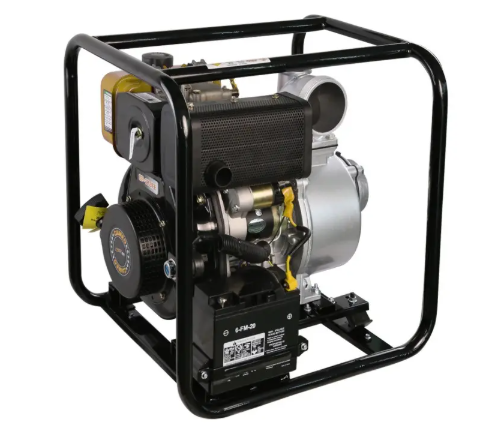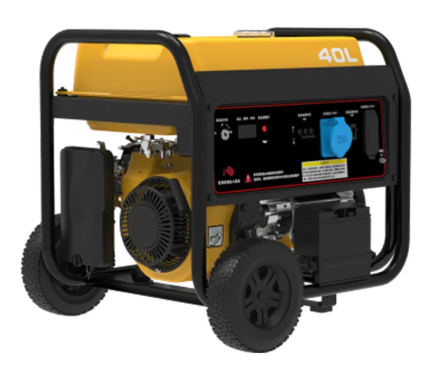transmission to distribution
Transmission to distribution represents a critical component of the modern power delivery system, encompassing the complex network that transfers electrical energy from power generation facilities to end users. This sophisticated system consists of high voltage transmission lines, substations, transformers, and distribution networks that work in harmony to ensure reliable power delivery. The primary function involves stepping down high voltage electricity from transmission lines through transformers at substations, converting it to medium voltage levels suitable for local distribution networks. These networks then further reduce voltage levels through distribution transformers to provide safe, usable power to homes, businesses, and industrial facilities. Advanced monitoring systems and smart grid technologies integrate seamlessly with transmission to distribution infrastructure, enabling real time load management, fault detection, and system optimization. The infrastructure incorporates redundant pathways and automated switching capabilities to maintain service reliability and minimize outages. Modern transmission to distribution systems also accommodate bidirectional power flow, essential for integrating renewable energy sources and enabling grid modernization initiatives.


